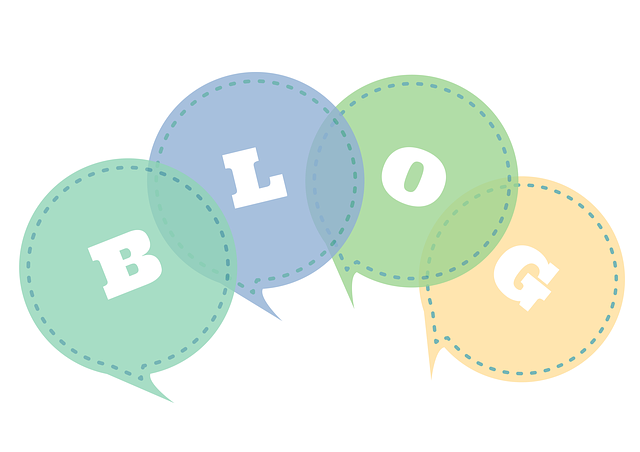
Blogging in the Core Content Areas

Overview
Students will learn how to use blogging to make online connections with other learners while demonstrating their learning in the core content areas. Students will have an authentic audience for their writing.
Teachers can use Weebly for Education or Edublogs to create a free blog.
Learning Objectives
Students will:
- Be able to create and demonstrate their learning in a variety of ways
- Learn what a blog is
- Be able to use blogging to demonstrate they have met their learning goals in any subject area (math journals, ELA responses, Science notebooks, etc)
- Be able to add comments to their teacher's blog so their teacher will be able to assess their learning (This can be used as an exit ticket to an activity.)
Vocabulary
Vocabulary Words:
-
Blog: Shortened for “weblog” it is a way to share information online
Pre-planning
To prepare for this lesson:
- Teachers should create an account on https://education.weebly.com or https://edublogs.org/
- Students under 13 must have permission from their parents to have a website or their own blog. If teachers do not want to do this they can just have students respond to their own teacher blog.
- Teachers can make these secure sites public or private.
- Watch this video tutorial on how to create a student blog on Weebly.
- Watch this video tutorial on how to create student blogs on Edublogs.
- Watch this video Blogging for Kids.
- Teachers should create a blog post that students can comment on. This could be about blogging or about an activity done during the school day.
Accommodations
See the Accommodations Page and Charts on the 21things4students website in the Teacher Resources.
Steps
Directions for this activity:
- Ask students if they have ever heard of a blog.
- Discuss what a blog is.
- Discuss the rules of blogging including not sharing any personal information online and keeping your comments polite and respectful.
- Show the students the video Blogging for Kids.
- Have students access the teacher’s blog and make a comment on a teacher-created open-ended question.
Note: After students get used to commenting on the teacher’s blog they can extend this activity by creating their own blogs. They can use these blogs for extensions to content area assignments. They would also be good for stations or writer's workshop activities.
Assessment Options
Different options for assessing the students:
- Observations
- Check for understanding
MITECS COMPETENCIES & ISTE STANDARDS
MITECS: Michigan adopted the "ISTE Standards for Students" called MITECS (Michigan Integrated Technology Competencies for Students) in 2018.
Empowered Learner
1c.Students use technology to seek feedback that informs and improves their practice and to demonstrate their learning in a variety of ways.
1d. Students understand the fundamental concepts of technology operations, demonstrate the ability to choose, use and troubleshoot current technologies and are able to transfer their knowledge to explore emerging technologies.
Devices and Resources
Device: PC, Chromebook, Mac, iPad
Browser: Chrome, Safari, Firefox, Edge, ALL
App, Extension, or Add-on:
Weebly has an app for Android and ios
Edublogs has an app for Android and ios
Websites:
Blogging for Kids
Creating a Blog Post with Edublogs
CONTENT AREA RESOURCES
ELA
Students can respond to a story or novel they are reading with a blog. They can also use blogging as journaling.
Integrated Arts
Students can blog about their integrated art experiences for any of the arts.
Math
Students can blog about their thoughts about problem solving and can reflect on their learning.
Science
Students can blog about a science experiment or blog as a response to informational reading.
Social Studies
Students can blog about places they have been or would like to go to for geography. They can also blog about historical figures or events.
Credits
This task card was created by Jacki Zawierucha, Utica Community Schools, January 2018. Updated November 2021.


